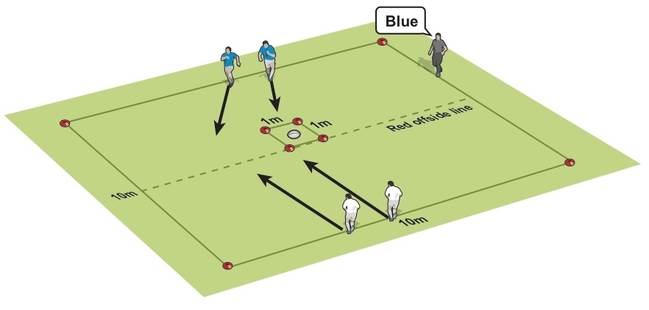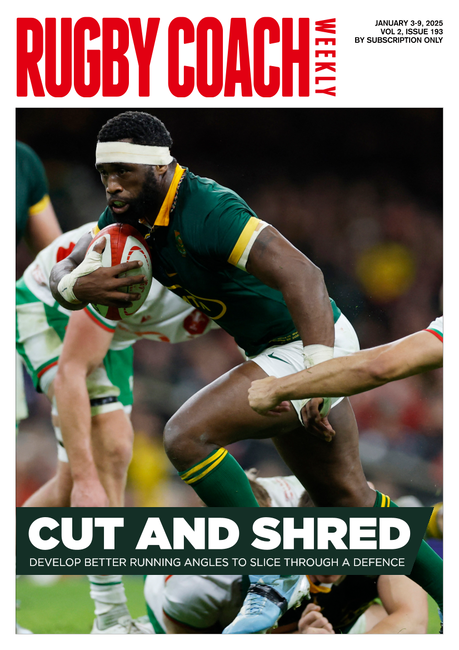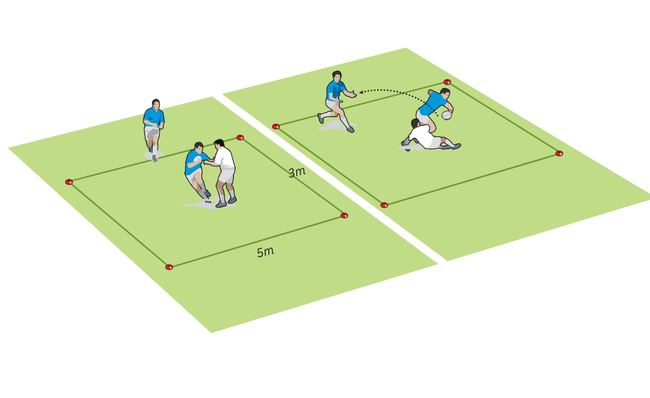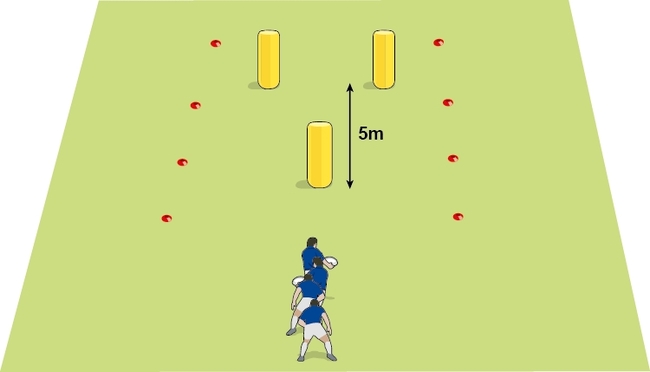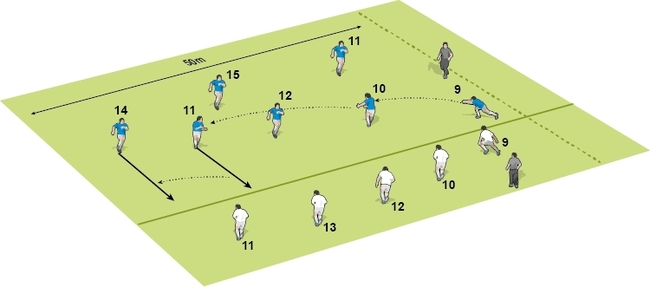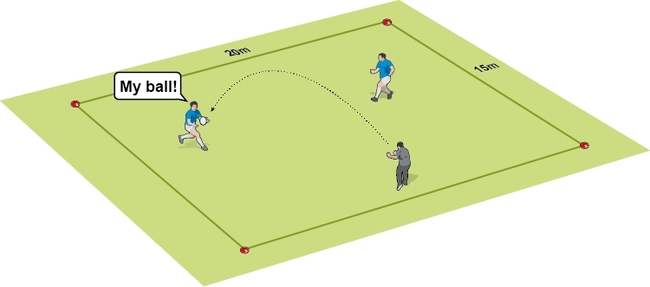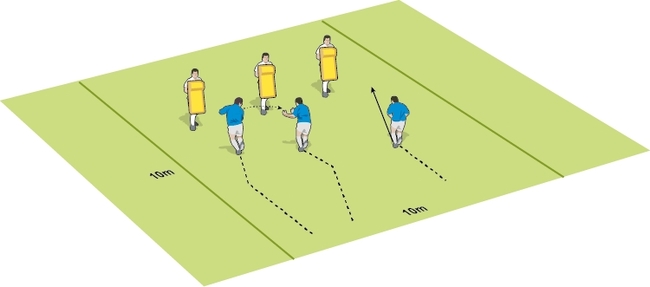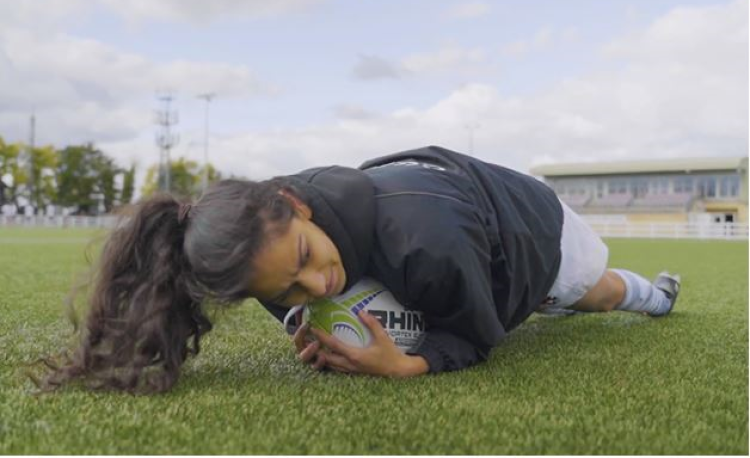Natural footwork v drilled footwork
How far should you go in developing better evasion skills by setting up footwork exercises without defenders? Is it better to let them play and discover?

How far should you go in developing better evasion skills by setting up footwork exercises without defenders? Is it better to let them play and discover?
Some of the science behind skill acquisition is head-spinning. With all the talk of affordances, ecological dynamics and perception-action coupling, sometimes we want a simple answer on what works and what doesn’t.
EVASIVE SKILLS
In this context, with evasive skills, I will think mainly about avoiding contact for the ball carrier. They can use side steps, swerves, changes of pace, spins or just simply changes of angle. Their choice of technique depends on their strengths and the defensive situation they face.
EVASIVE IMPROVEMENTS
Our challenge is to give players evasive tools and continue to sharpen these tools. Sharpening the tools allows the players to choose the right tool for the right moment. In some cases, there’s more than one tool which might work.
There is a spectrum of thoughts on how you then sharpen evasive skills. At one end of the scale, you will have expert coaches who will start with the mechanics of each movement pattern, building up the pace before putting these techniques into game-related scenarios.
This approach may involve ladder work, dodging through poles or racing through tackle tube slaloms. The players will have plenty of chances to try out the movements. Then they can put them into practice against defenders in the next stage.
At the other end of the spectrum, the process will start against a defender who will move. Through the constraints of the exercise or the game, the players will explore and discover ways to beat the defender. The coach may suggest ideas, ask questions on what went well or get players to watch teammates.
Most of us will probably use a combination of both, either drills, then game or game, then drills, then the game.
MY WAY OR THE BEST WAY
In my experience of talking to top skills coaches across many sports, there is consensus that players need to experience the technique in a dynamic environment. That will embed the learning.
But how do you start the process or develop that process? Well, the debate rages on. I think you won’t be doing your players a disservice if you choose either. So, why not try the exercise and then game-related Your man, my man. Your players will have plenty of opportunities to try their techniques and then put them to good use.
Newsletter Sign Up
Coaches Testimonials

Gerald Kearney, Downtown Las Vegas Soccer Club

Paul Butler, Florida, USA

Rick Shields, Springboro, USA

Tony Green, Pierrefonds Titans, Quebec, Canada
Subscribe Today
Be a more effective, more successful rugby coach
In a recent survey 89% of subscribers said Rugby Coach Weekly makes them more confident, 91% said Rugby Coach Weekly makes them a more effective coach and 93% said Rugby Coach Weekly makes them more inspired.
Get Weekly Inspiration
All the latest techniques and approaches
Rugby Coach Weekly offers proven and easy to use rugby drills, coaching sessions, practice plans, small-sided games, warm-ups, training tips and advice.
We've been at the cutting edge of rugby coaching since we launched in 2005, creating resources for the grassroots youth coach, following best practice from around the world and insights from the professional game.
